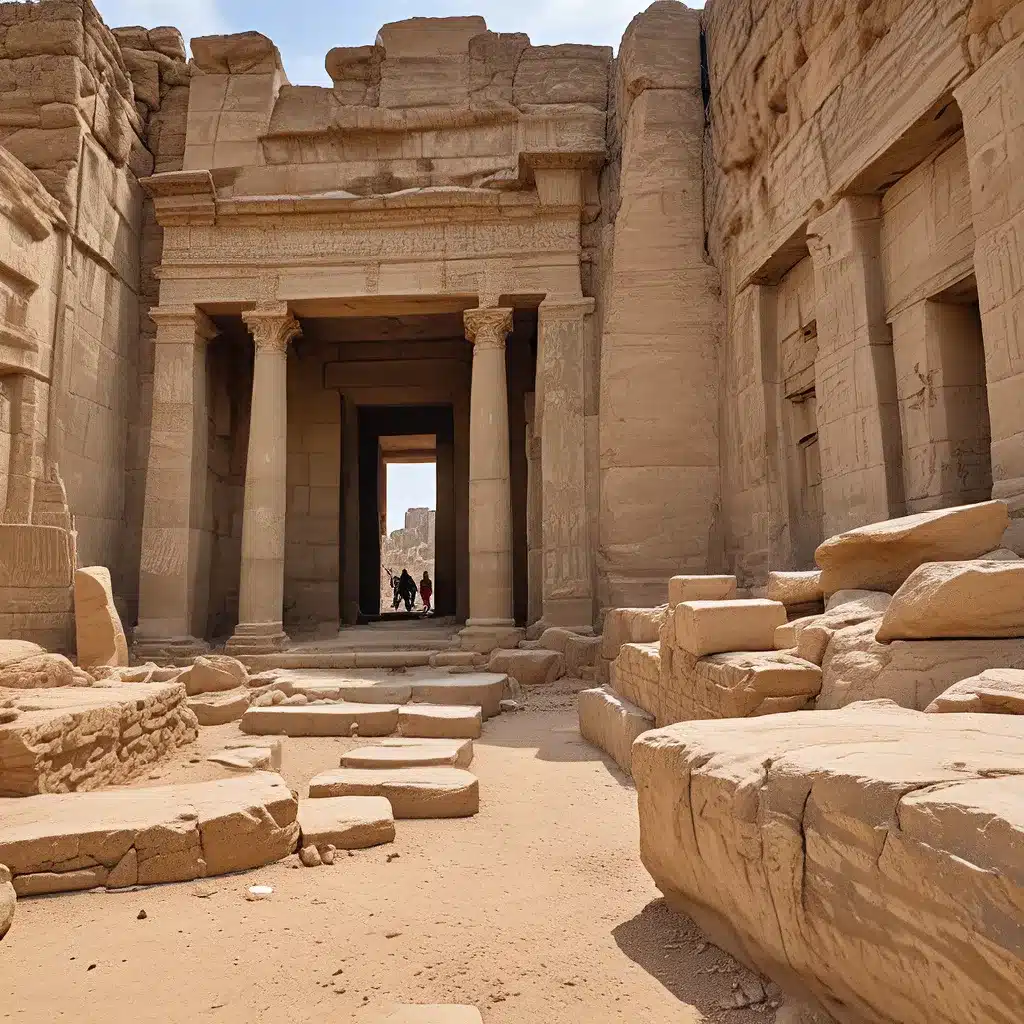
Uncovering the Secrets of the Past: A Captivating Exploration of Ancient Civilizations
From the towering ruins of Machu Picchu to the enigmatic hieroglyphs of the Nile Valley, the world is dotted with the captivating remnants of bygone eras. Archaeology, the study of human activity through the examination of physical evidence, has become a crucial avenue for unraveling the mysteries of these ancient civilizations. Through meticulous excavation, analysis, and interpretation, archaeologists have shed light on the lives, beliefs, and achievements of our ancestors, painting a vivid picture of humanity’s rich and diverse past.
A Window into the Inca Empire
One of the most remarkable archaeological sites in the world is the Inca citadel of Machu Picchu, hidden high in the Andean Mountains of Peru. This awe-inspiring complex, constructed in the 15th century, served as a retreat for the Inca emperor Pachacuti and his royal court. Rediscovered in 1911 by the American explorer Hiram Bingham, Machu Picchu has captivated the imaginations of people worldwide, offering a glimpse into the sophisticated engineering and urban planning of the Inca civilization.
Exploring the intricate network of stone structures, terraced gardens, and ceremonial plazas, archaeologists have unraveled the Inca’s remarkable adaptation to their mountainous environment. The construction of Machu Picchu, with its precisely fitted stonework and strategic placement, demonstrates the Inca’s mastery of stone masonry and their intimate understanding of the local geography. Additionally, the discovery of elaborate tombs and artifacts within the site has provided valuable insights into the Inca’s religious beliefs, social hierarchy, and everyday life.
Unveiling the Mysteries of Ancient Egypt
Across the vast expanse of the Nile Valley, another ancient civilization has captured the attention of archaeologists and the public alike: ancient Egypt. From the towering pyramids of Giza to the enigmatic Sphinx, this land of pharaohs and gods has long been a source of fascination and scholarly inquiry.
Extensive excavations and cutting-edge analytical techniques have allowed archaeologists to uncover a wealth of information about the ancient Egyptians. The discovery of well-preserved tombs, such as the tomb of the famous Tutankhamun, has provided a remarkable window into the afterlife beliefs and funerary practices of this ancient civilization. The intricate wall paintings, hieroglyphic inscriptions, and funerary artifacts found within these tombs have enabled researchers to decipher the Egyptians’ complex religious and social structures, as well as their technological and artistic achievements.
Unraveling the Enigma of Mesopotamia
While the Inca and ancient Egyptians have captivated the public imagination, another ancient civilization, Mesopotamia, has also left an indelible mark on human history. This region, situated between the Tigris and Euphrates rivers, gave rise to some of the earliest known urban settlements and the development of cuneiform writing, one of the earliest known writing systems.
Archaeologists have meticulously excavated numerous sites throughout Mesopotamia, including the ancient cities of Ur, Babylon, and Nineveh. These excavations have unearthed a wealth of clay tablets, architectural remains, and everyday artifacts that have shed light on the social, political, and economic structures of Mesopotamian societies. The decipherment of cuneiform inscriptions has been particularly crucial, as it has enabled researchers to access the written histories, legal codes, and literary works of these ancient civilizations.
Emerging Theories and New Discoveries
As the field of archaeology continues to evolve, new technologies and interdisciplinary approaches have opened up exciting avenues for exploration and discovery. Advancements in dating techniques, such as radiocarbon and luminescence dating, have allowed archaeologists to more accurately establish the chronology of ancient sites and artifacts. Additionally, the application of DNA analysis and isotope studies has provided unprecedented insights into the genetic relationships and dietary patterns of ancient populations.
Recent years have also witnessed the emergence of innovative archaeological methods, such as the use of ground-penetrating radar and aerial photography, which have enabled the identification and mapping of previously undiscovered sites. These technological advancements have led to the unearthing of remarkable discoveries, including the ancient Egyptian city of Thonis-Heracleion, which was submerged underwater for centuries, and the Göbekli Tepe site in Turkey, which is believed to be one of the earliest known religious complexes constructed by human civilization.
Uncovering the Untold Stories of the Past
As we delve deeper into the world of archaeology, we uncover not only the physical remnants of ancient civilizations but also the human stories that lie behind them. Through the careful examination of archaeological evidence, we can gain a more nuanced understanding of the lives, beliefs, and societal structures of our ancestors, shedding light on the diverse tapestry of human history.
From the intricate funerary practices of the ancient Egyptians to the sophisticated engineering feats of the Inca, each archaeological discovery offers a tantalizing glimpse into the past. By piecing together these fragments of history, we can better comprehend the shared experiences, struggles, and triumphs that have shaped the human journey over millennia.
The Lost Kingdoms is dedicated to exploring the captivating world of archaeology and ancient civilizations. Through our in-depth articles, expert analysis, and engaging storytelling, we invite you to embark on an odyssey of discovery, unearthing the secrets of the past and expanding our understanding of the human experience.


